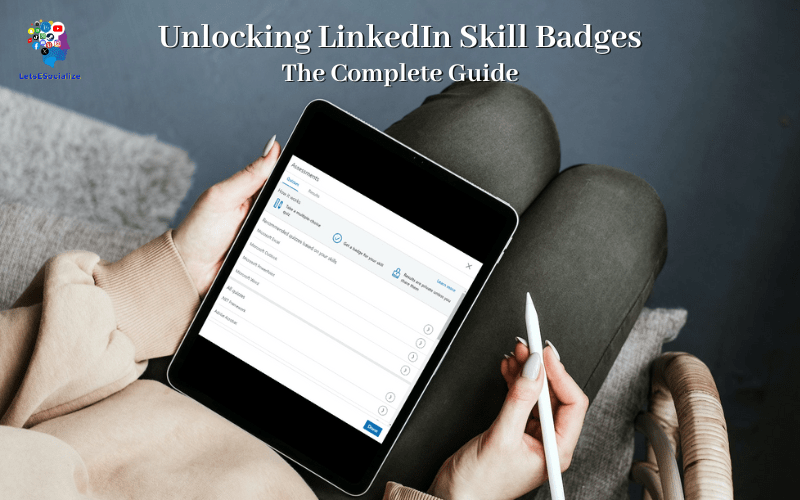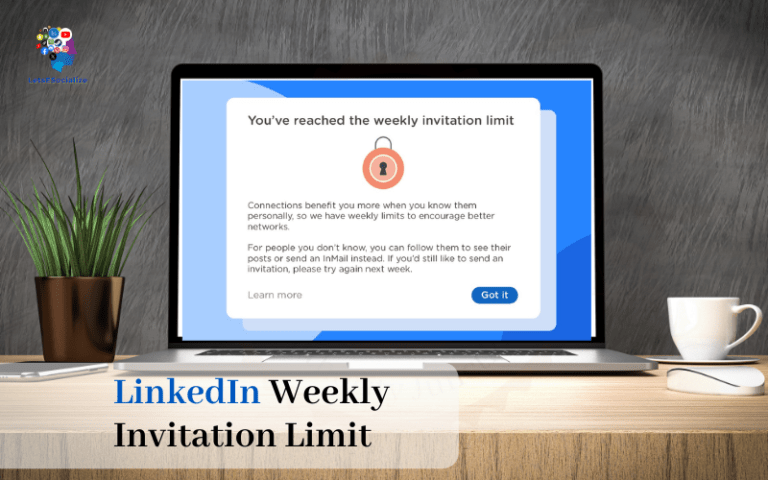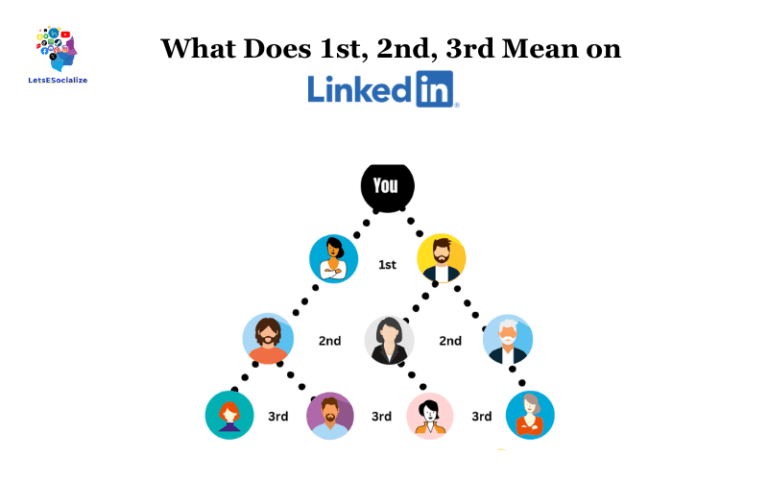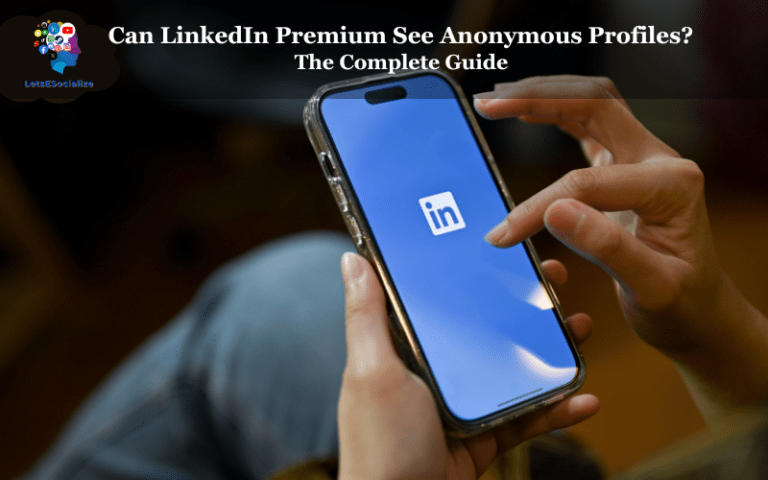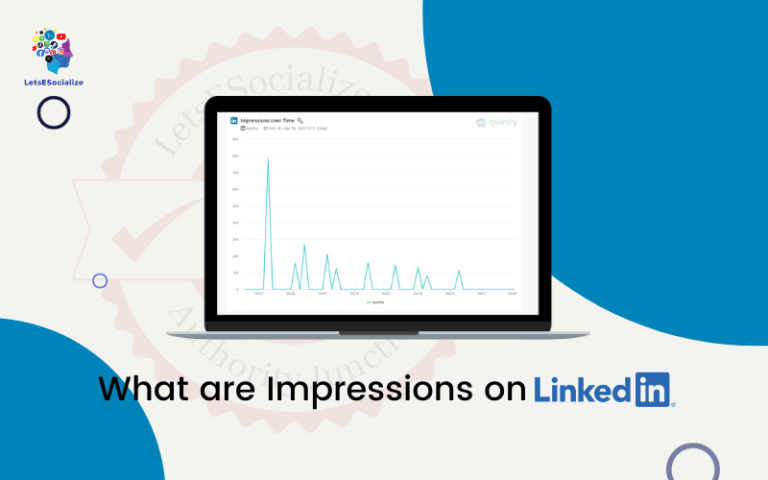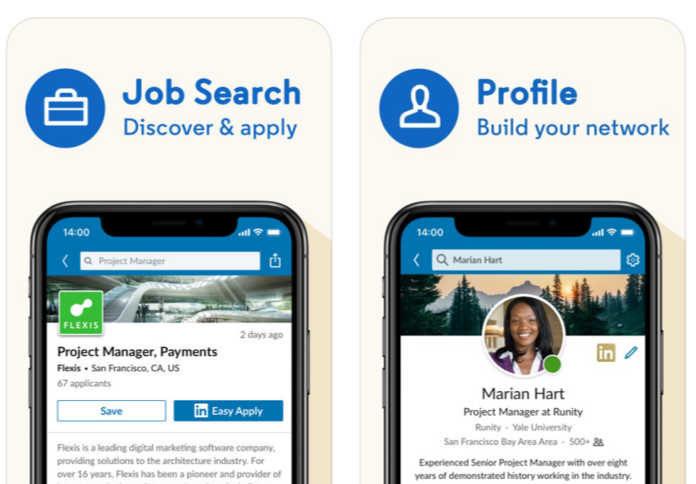Looking to showcase professional capabilities and accomplishments beyond your resume alone? LinkedIn skill badges offer dynamic visual proof of expertise.
These small icons representing competencies, certificates, courses, and proficiencies adorn profiles attracting broader views. But what value do LinkedIn badges truly provide? How can you access and display relevant badges as part of your brand?
I’ll also address critical questions like “Are LinkedIn badges worth it?” with a perspective on whether pursuing them aligns with your career goals.
By the end, you’ll have complete clarity on if and how to integrate badges as part of your LinkedIn presence to complement other profile details, all helping position you as an attractive candidate or trusted industry leader.
Let’s unlock the secrets and opportunities of LinkedIn badges!
Table of Contents
What Are LinkedIn Badges? A Quick Introduction
For the uninitiated, what exactly are badges on LinkedIn and what do they represent?
At a high level, LinkedIn badges are small icon images displaying professional skill sets, training programs completed, volunteer work, publications, patents, specialized software capabilities, language proficiencies, and more.
Here are some examples of badges you may see:
These help summarize expertise areas and accomplishments visually on member profiles rather than relying solely on written employment histories and wordy descriptions to convey capabilities.
Badges also tap into psychological principles like motivation through gamification and social proof – seeing them inspires you to pursue more!
Adding relevant badge icons helps profiles stand out. But all types hold different values depending on your goals…
Also read: How to Add Badges to LinkedIn in 2024 – The Complete Guide
Types of LinkedIn Badges: Skills, Courses, Volunteer Work and More
While a badge indicates professional capability broadly, many distinct flavors exist across the platform. Understanding the spectrum allows you to focus on those most aligned with your needs:
Skill Badges
The most common badge type reflects proficiencies across over 50,000 niche skills spanning thousands of job functions. These categorize specialized abilities like “Social Media Marketing” or “Lean Manufacturing.”
Course Certificates
Display completion badges for LinkedIn Learning courses or through integration with external learning systems like Coursera. Show newly acquired qualifications.
Volunteer Causes
Publicize dedication to nonprofit groups and causes close to your heart. Program integration auto-generates badges.
Company Programs
Corporate training systems can feed achievement badges into LinkedIn as you complete internal courses or programs to promote enterprise capabilities.
Software & Tools
Many technology platforms auto-generate badges you can add to profiles reflecting mastery over specific services like Mailchimp, Salesforce, Tableau, etc.
Patents
Innovators and inventors crafting cutting-edge intellectual property can append registered patent badges. Share your creation contribution.
The list continues growing…
While skill badges make up the majority of instances, tap into all sources possible that help credibly reinforce your brand angle!
Next, let’s cover the range of benefits you unlock by showing even a few choice badges…
Also read: How to Craft the Perfect LinkedIn Promotion Post for Max Impact
Why Add Badges on LinkedIn? 6 Key Benefits
You may be tempted to skip spending time compiling and displaying badges thinking the marginal value is low. But many advantages exist!
Here are 6 reasons integrating skill badges boost your LinkedIn presence:
1. Visually Reinforce Proficiencies
Badges serve as visual proof of specialized competencies supplementing written skills and past role descriptions.
Consider them mini endorsements helping substantiate claims employers evaluate.
2. Attract Profile Views Through Curiosity
Similar to gamification, skill badges create intrigue even if unfamiliar to viewers. What do they represent? How were they earned? Others click through.
3. Encourage Endorsements From Connections
Displaying niche skill badges linked to larger pools of members primes conversations for those willing to endorse you based on shared interests.
4. Position Yourself For Opportunities
Recruiters search profiles using filter criteria matching ideal candidates – applicable badges increase discoverability for talent scouting.
5. Inspire Your Development
Seeing others acquire enviable badges motivates self-improvement efforts to stay competitive through new learning. Social proof urges obtaining more!
6. Showcase Personality With Diverse Interests
Beyond pure professional skills, badges recognizing hobbies, volunteer work and publications reveal multidimensionality helping connect more deeply during interviews and messaging.
While some badges certainly hold more career influence than others, embracing a mix allows for conveying a well-rounded identity beyond 2-dimensional paper qualifications alone.
Now let’s shift from why to practical steps on how to add badges from various sources to your financial profiles.
How to Add LinkedIn Badges: Tutorials for Skills, Courses, Projects, + More
Populating your profile relies first on understanding available sources before actively compiling applicable badges through manual entry or system integrations.
I’ll cover both processes – let’s start with the easiest method…
Utilize Badge Auto-Sync Integrations
The path of least resistance comes from platforms pushing badges directly into LinkedIn automatically through direct integration.
As you complete courses, training content, or earn certifications inside a partner system, published accomplishments flow through to your profile without manual effort.
For example:
- Corporate LMS – Workplace eLearning platforms detect internal training completion
- Online course marketplaces – Udemy, Coursera course badges
- Technology tools – Mailchimp, Salesforce platform certifications
Check with sales training software, volunteer ecosystems, and productivity tools you actively use to see if auto-publish integrations already exist with LinkedIn’s badge API.
If no integration is available, let’s get hands-on with manual entry…
Manually Upload and Entry Badges
In the absence of systems feeding achievements directly into your profile, adding badges requires explicit action. But the process is straightforward:
- Collect badge files – Download icons as image files from credentialing authority whether a certificate issuer, tech software portal, or university portal. PNGs work best although JPGs accepted too.
- Save badge files – Gather relevant icons you wish to display and store somewhere accessible on your local device file directories.
- Manually upload badges – From LinkedIn profile, navigate to the Accomplishments section and use UI to upload images and fill out descriptions:
And that’s the manual method in a nutshell!
While auto-synced integrations provide more visible callouts as badges get added dynamically, manual gives you direct control to curate and display exactly the skill badges aligned with showcasing your best self.
Let’s shift gears to ensuring skill badges get maximum visibility…
LinkedIn Profile Tips: Ideal Badge Placement for Exposure
You spent effort compiling attractive badges. Now ensure they get seen!
Profile badge placement dramatically impacts attention. Here are best practices:
Place Select Badges Next To Your Headline
The most exclusive real estate sits underneath your name and headline always visible before scrolling profile content.
Carefully choose 1-5 top badges conveying “must-know” capabilities upfront aligned to the roles you desire.
Curate The Most Relevant In Featured Accomplishments
10 badges display in the Featured Accomplishments section so prioritize accordingly. Lead with credentials and competencies you most want hiring managers assessing fit to see instantly.
Showcase Supplemental Skills Lower Down
Additional badges hold less visibility so use them judiciously in the skills, certifications, education, and volunteer sections. Aim for at least 10-15 total badges.
Avoid Profile Badge Clutter
While showing some badges boosts credibility, going overboard looks distracting or suspicious. Stick to what aligns with a reasonable career stage and trajectory.
In general, relevant badges placed strategically in featured profile zones make positive impressions and incent further inquiry.
One last critical tactic – keep pursuing additional badges as you continue developing!
How To Earn More LinkedIn Badges Through Self-Development
Displaying even a single badge creates curiosity about the activity behind it. Satisfy interest by continually earning new ones!
Pursue Educational Opportunities
Partake formal coursework or seminars focused on acquiring licenses, software skills or leadership perspectives and add badges confirming participation.
Take LinkedIn Learning Courses
Enroll in both soft and hard skills video courseware – completion auto-generates badge icons. Build associated knowledge.
Give Back Through Volunteering
Assist causes personally meaningful to you locally or virtually – nonprofit platforms connect badges to showcase what initiatives you support.
Join Professional Associations
Contribute to industry groups and committees pursuing important advancements. Badges recognize community participation.
Develop Practical Abilities
Whether technical programming languages or creative talents like photography, spend time actively upskilling through project practice. Certify growth through shared badges.
The more diverse mix of badges accumulated, the stronger the impression of multifaceted experience and capabilities is conveyed through social proof!
Let’s wrap by addressing common questions around display rules and visibility controls governing badges.
Also read: Most In-Demand LinkedIn Skills to Learn for 2024: Learn the Skills Companies Need Most
Key LinkedIn Badge FAQs
Some critical unknowns give pause in the quest to showcase badges. Let’s tackle key considerations:
Key Takeaways: Evaluate and Display Relevant LinkedIn Badges
Hopefully, this guide provided clarity on using LinkedIn badges effectively as part of showcasing professional capabilities beyond written qualifications alone.
Here are core recommended next steps:
- Audit profile goals – Determine what key capabilities and credentials you want to prove to prospective employers or partners.
- Triage existing badges – Review auto-synced and manually added badges curating the most strategic 25-30 that align to those goals.
- Address visibility gaps– Seek out additional learning programs and certifications that credibly reinforce desired brand strengths.
- Maintain over time – Revisit displayed badges 1-2x per year adding emergent achievements through continuous learning.
Badges alone won’t accelerate opportunities. But as visual evidence combined with your other profile content, they make powerful supporting proof points helping position you as a credible expert worthy of further consideration!
I welcome any other questions on optimizing your presence through skill badge showcases. Let me know how else I can help!

